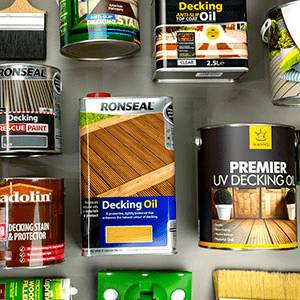Wood Primer FAQ's
Do I need to use a primer?
Although surfaces can be painted or varnished without using a primer, there are benefits to using them. Using a wood primer can offer a cost saving on just using the top-coat product over large areas, for example using a primer on a wooden floor before varnishing. 1 coat of primer and 2 coats of varnish rather than 3 straight coats of varnish. Primers help to provide a smoother, more professional looking finish. They help with adhesion and longevity of the top-coat. Paints that offer a specified time guarantee i.e. '10 years' usually require the use of a specified primer from their range to uphold the guarantee.
Wood Primers related blog posts
Disclaimer: Whilst every attempt has been made to provide product information that is as accurate as possible, it's important to clarify that trees and the wood that they produce can be affected by many factors. For example, the same species of tree grown in the same wood, even in close proximity, will be affected by age along with the amount of sunlight and water they receive. Other naturally occurring biological and environmental factors will also influence the density and grain of the wood as well as the moisture and oil content of the timber. No two trees are the same, meaning each piece of wood has the potential to look and react differently to the same wood finish. For example, product adhesion, colour variations, absorption rates and sheen levels. It is for this reason that we always strongly recommend carrying out test areas before starting any project


